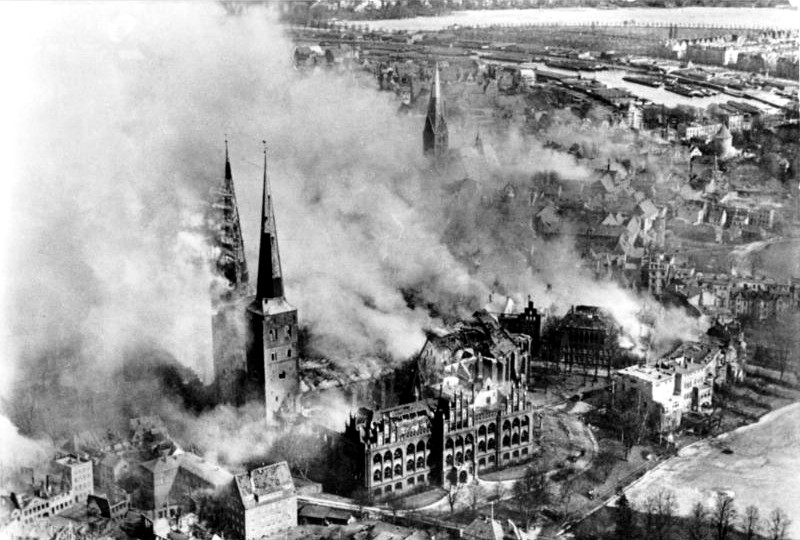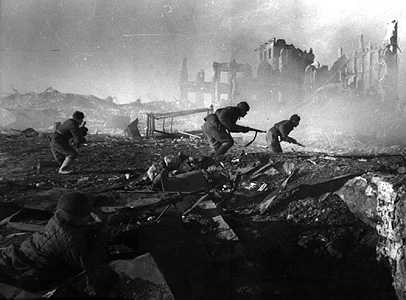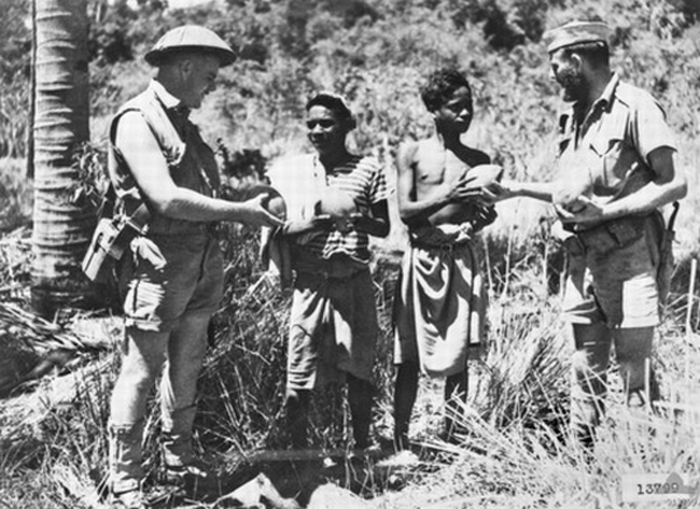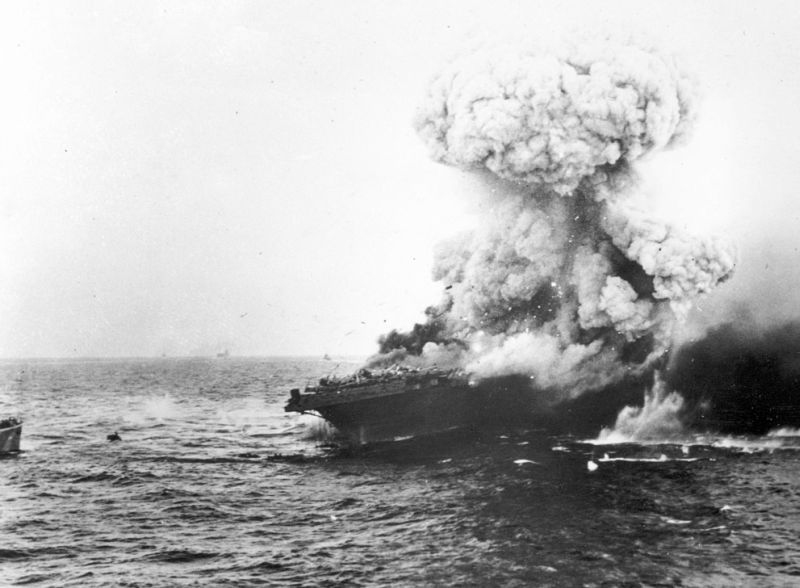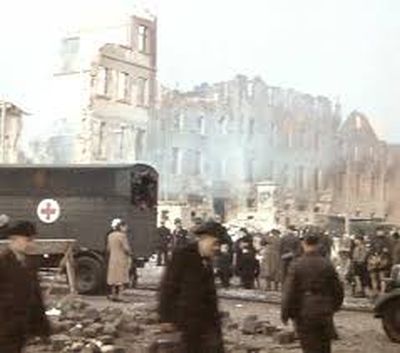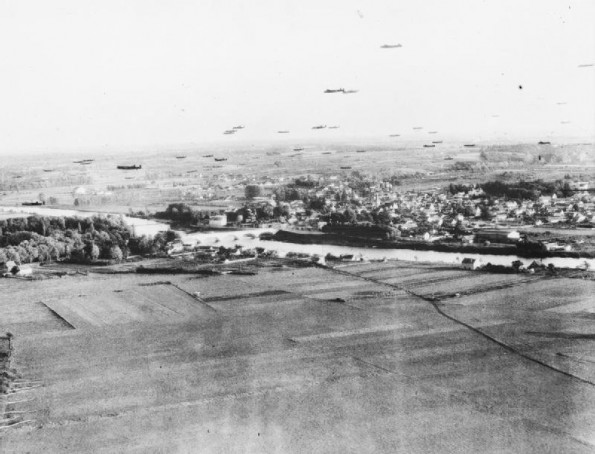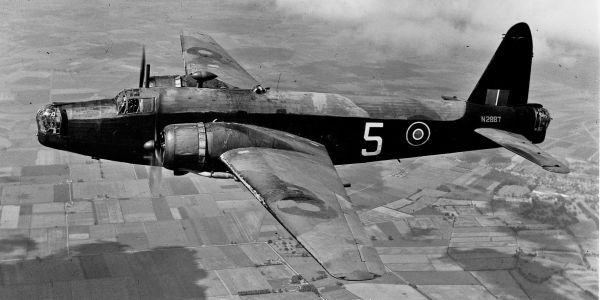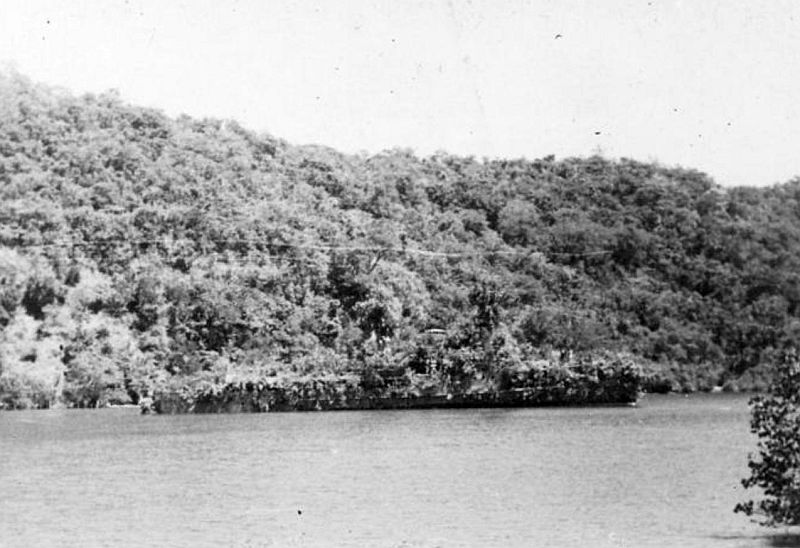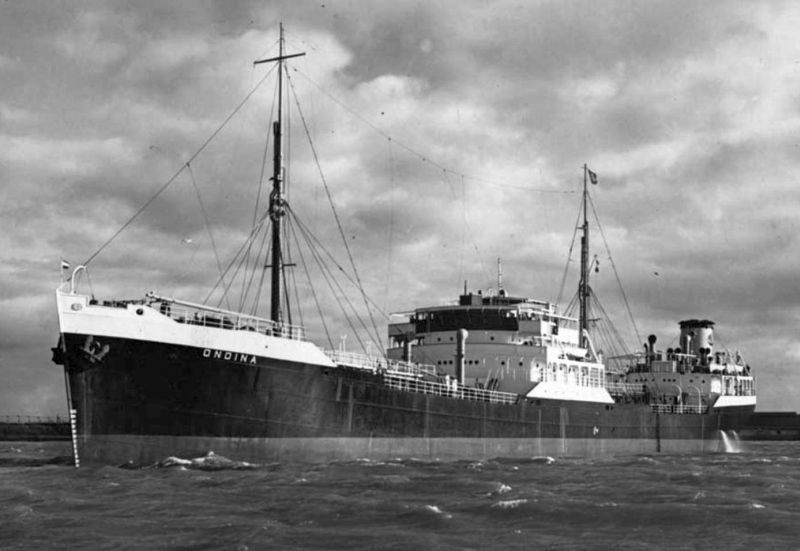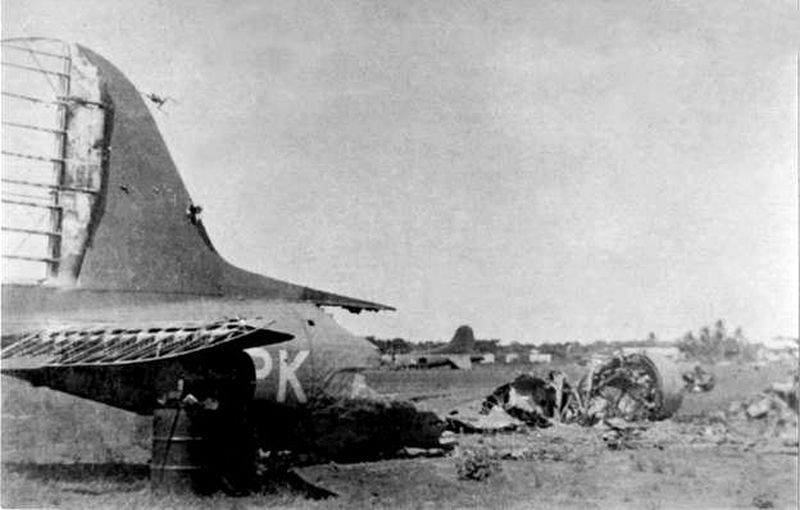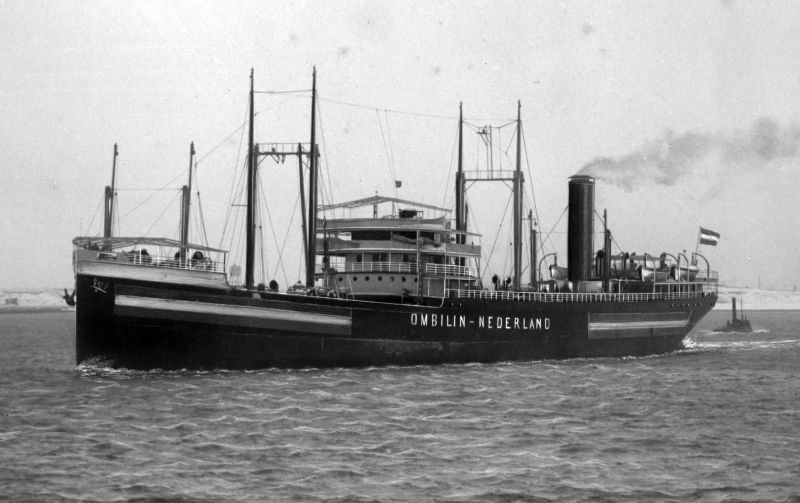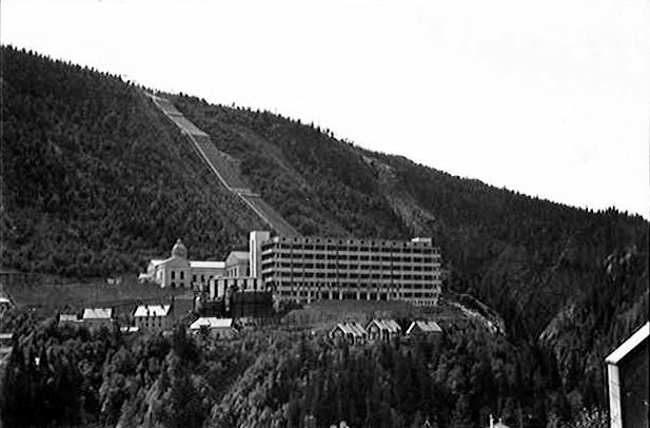Articles
- Article by Maurice Laarman
- Published on March 20th, 2019
Baedeker Raids on British cities
Karl Baedeker started publishing travel guides in 1832. He was not the first one to do so, but his meticulousness and the upcoming tourism ensured that his guides became popular.
- Article by Auke de Vlieger
- Published on January 29th, 2017
Battle for Stalingrad
The German invasion of the Soviet Union had been a certainty for Adolf Hitler for a long time. Advancing to the east meant Lebensraum (space to live) for the Germans to him. Hitler had already described this idea in his political work Mein Kampf. In his opinion, Germany was overpopulated and the nation needed more territory. He wanted to find this Lebensraum in Poland and in the Soviet Union. The Bolshevists were his arch enemies and he therefore considered the Soviet Union a more important goal than Great Britain. The Germans lost the Battle of Britain but they opened a new front in the east nonetheless. This two-front war was to prove fatal for Germany later on.
- Article by Peter Kimenai
- Published on January 5th, 2013
Battle for Timor
The island of Timor, situated about 700 kilometers (approx. 380 nm) northwest of the Australian city of Darwin, was divided in 1942 between two colonial powers. The eastern half of the more than 30,000 km² large surface of the island was a Portuguese possession whereas the western half belonged to the Dutch East Indies. Almost immediately after the Japanese attack on Pearl Harbor, on December the 7th, 1941, the allies decided to occupy the neutral Portuguese part in order to prevent the Japanese from conquering it with the purpose to establish a bridgehead.
- Article by Peter Kimenai
- Published on October 22nd, 2023
Battle of the Coral Sea
The battle of the Coral Sea, which took place from May 4-9 and was fought between the Imperial Japanese Navy and the US Navy, assisted by the Royal Australian Navy (RAN), was an extraordinary occasion in more than one aspect. It was the first sea battle in history to be fought exclusively by aircraft carriers. Also, the aircraft carriers, involved in the Coral Sea battle did not see each other during this battle, which had never happened before. Moreover, it was a battle in which both sides committed serious mistakes, mostly due to inexperience.
- Article by Pieter Schlebaum
- Published on April 19th, 2014
Bombardment of Kassel, 27-28 August 1942
German cities suffered large scale bombing by the Allied Air Force during the Second World War. The big bombing raids on Berlin, Hamburg and especially Dresden are well known. But other towns also suffered severe air attacks. For example, Kassel, situated in central Germany in the state of Hessen. This city was an important target and was repeatedly attacked from the air. A bombardment of Kassel was a dangerous operation for the bomber crews as well. For example, they suffered heavy losses during the night of 27-28th August 1942. More than 10 per cent of the bomber force, 31 aircraft, were lost that night.
- Article by Pieter Schlebaum
- Published on October 30th, 2013
Bombardment of Le Creusot, 17 October 1942
At the outbreak of World War II, RAF Bomber Command regularly carried out daylight operations. However it transpired quite soon that the British light bomber aircraft were extremely vulnerable at broad daylight. They were clearly visible by the enemy and they were not able to defend themselves effectively against the fast, agile and well-armed German fighters. Thus the losses were big during these missions. Consequently the choice was made to choose the cover of darkness for large scale bombardments. Bomber Command thereafter carried out only some large operations by daylight. One outstanding mission is the raid on the factories of Schneider in Le Creusot in the French Region of Burgundy. For this daring operation, which took place on the 17th of October, 1942, 94 Avro Lancaster bombers had to penetrate deeply into enemy air space and in broad daylight.
- Article by Pieter Schlebaum
- Published on April 17th, 2024
Crash of Wellington Z1214 near Vlieland
Introduction
- Article by Peter Kimenai
- Published on November 27th, 2012
Escape of Hr. Ms. Abraham Crijnssen
Early March 1942 it was all too clear that the last stronghold in the Dutch East-Indies, Java, was to fall into Japanese hands very soon. The Battle in the Java Sea was lost and all capital Dutch Royal Navy ships were sunk including the Dutch flagship, the light cruiser Hr. Ms. De Ruyter. The remaining, smaller ships received the order to withdraw to Australia or Colombo, Ceylon. If this was, due to a short range capability, impossible the ships were to be destroyed. Not any ship was allowed to fall into the hands of the enemy under any circumstance.
- Article by Peter Kimenai
- Published on February 5th, 2013
Heroic battle of the oil tanker Ondina and HMIS Bengal
Seldom an unequal battle, like the one between the Dutch oil tanker Ondina escorted by the British Indian corvette HMIS Bengal, and two heavily armored Japanese auxiliary cruisers has ended up in such unexpected way. One of the Japanese raiders was sunk and the two allied ships, in spite of everything, reached safe harbors. The heroic battle of the Ondina and the Bengal already created the necessary sensation during the Second World War and till today it is an example of courage and perseverance of both merchant navy personnel as well as of military seamen.
- Article by Peter Kimenai
- Published on September 5th, 2012
Japanese air raid on Broome
Following the Japanese air raid of 7th December 1941 on Pearl Harbor, World War Two also spread out into the Far East. During the first few months of 1942 the Japanese made swift advances throughout the southeastern part of Asia. The allies were unable to prevent the Imperial Japanese Army, capably supported by its air and naval forces, from occupying parts of China and the colonies of Europe and the United States. By the end of February 1942 it was anticipated that Japanese troops would overrun Java within a week. Japan wanted control of Java as well as the rest of the Dutch East-Indies to sustain its war effort, badly needing the oil that was being produced in the Dutch colony. Expectation turned to grim reality when, on the night of 28th February, during the Battle of the Java Sea the Royal Dutch Navy suffered its most grievous setback with the loss of Rear Admiral Karel Doorman and the sinking of his allied fleet. The destruction of the Netherland`s major warships included Doorman`s flagship, the light cruiser Hr. Ms. De Ruyter.
- Article by Peter Kimenai
- Published on August 17th, 2019
Odyssey and sinking of the Ombilin
On the 12th of December 1942, after a long and adventurous voyage, the Dutch steamship Ombilin of the Nederlandse Koninklijke Paketvaart Maatschappij (Dutch Royal Cargo Shipping Company) was sunk by the Italian submarine Enrico Tazzoli. The crew of the Dutch ship survived the sinking and, after much travel on other vessels, managed to continue to assist the Allies. The captain and first mate of the Ombilin were taken prisoner by the Italians, and they were not freed until April 1945. This story outlines a clear picture of the many dangers crew members of merchant vessels faced during the Second World War.
- Article by Wesley Dankers
- Published on February 9th, 2017
Sabotaging heavy water in Norway
"We were not informed about production of heavy water in Vemork. We were not informed about the Germans wanting to use heavy water for the development of an atomic bomb. Before leaving England, we were told our action had the highest priority but we were not aware how great the influence could be on the outcome of the war." as Joachim Rönneberg and Birger Strömsheim declared in 1989. They belonged to a group of Norwegian commandoes who were involved in one of the most daring operations during World War Two: the attempt at sabotage of the production of heavy water in the Norwegian town of Vemork.
